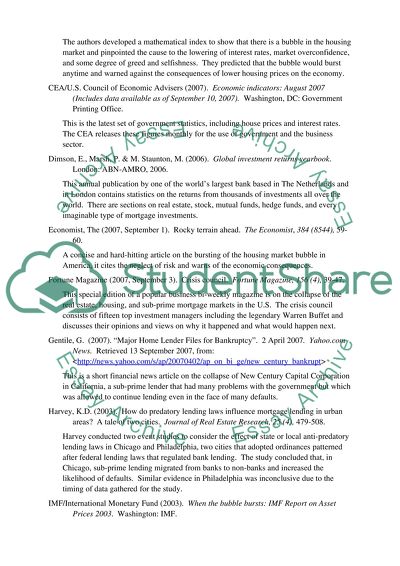Cite this document
(“Analysis of Articles about Economic Growth Annotated Bibliography”, n.d.)
Analysis of Articles about Economic Growth Annotated Bibliography. Retrieved from https://studentshare.org/macro-microeconomics/1513001-annotated-bibliography-essay
Analysis of Articles about Economic Growth Annotated Bibliography. Retrieved from https://studentshare.org/macro-microeconomics/1513001-annotated-bibliography-essay
(Analysis of Articles about Economic Growth Annotated Bibliography)
Analysis of Articles about Economic Growth Annotated Bibliography. https://studentshare.org/macro-microeconomics/1513001-annotated-bibliography-essay.
Analysis of Articles about Economic Growth Annotated Bibliography. https://studentshare.org/macro-microeconomics/1513001-annotated-bibliography-essay.
“Analysis of Articles about Economic Growth Annotated Bibliography”, n.d. https://studentshare.org/macro-microeconomics/1513001-annotated-bibliography-essay.


